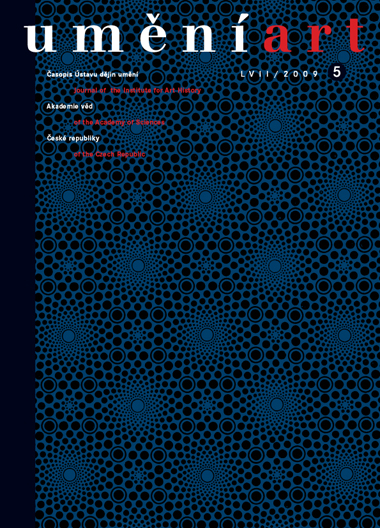Alexandra Gajewski
A Post-mortem for the Gothic Narrative: The Study of Gothic Architecture in the Duchy of Burgundy
Robert Branner's Burgundian Gothic Architecture from 1960 was to highlight the importance of the regional Gothic style that developed in the duchy in the first half of the thirteenth century. Branner intended to update the long-established narrative model that emphasised the central role of Chartres in the formation of regional architecture in the light of Jean Bony's study of the resistance to Chartres. However, it is clear from the text that Branner himself felt he had failed to demonstrate the existence of a homogenous style in Burgundy. In fact, starting in the decade following Branner's publication, the narrative model of Gothic architecture has been repeatedly criticised for its designation of dominant artistic norms. Nonetheless, because of its conclusive simplicity, the narrative model continues to condition our understanding of Gothic architecture and, as Lindy Grant's study shows, the case of Normandy seems to support it. Burgundy, however, where even Branner failed to demonstrate the existence of a regional style, provides the key to a different understanding of the architecture of this period. Never constituting a style, the use, choice and handling of Gothic features in Burgundy reflects the duchy's internal social and political transformations.
Full-text in the Digital Library of the Czech Academy of Sciences:
https://kramerius.lib.cas.cz/uuid/uuid:fc2bf98e-9b1c-4c2c-8dfa-934e92976bd4
< back

